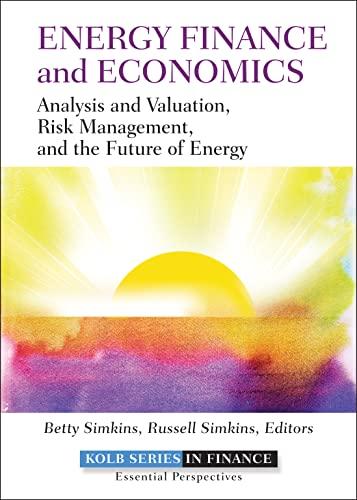Question
Mr. Harris had been informed by the companys investment bankers that the companys effective interest cost on newly issued long-term debt would be 13.5%.[1] The
Mr. Harris had been informed by the companys investment bankers that the companys effective interest cost on newly issued long-term debt would be 13.5%.[1] The debt would be retired in equal installments over a 12-year period from the time of issue. Over the long run, Mr. Harris believed total debt (notes payable + current maturities of long-term debt + long-term debt) should not exceed 30% of total invested capital of the firm.
[1]As of late February 1980, the prime rate was 15.5%. If Harris Seafoods borrowed from the banks, the effective cost of funds would be 16%.
There was a possibility that Harris Seafoods would be able to issue $7.0 million of 12-year maturity Industrial Revenue Bonds to fund the investment in PP&E in the processing plant. These bonds would be amortized in equal installments over the 12-year life of the bond. The interest rate was expected to be 9.5%. Income on this kind of bond was not taxable to the buyer of the bond, but was tax deductible by the issuer. Though the bond would technically be issued by the municipality of Brownsville, Texas, the payment of interest and the repayment of principal would be made and guaranteed by Harris Seafoods. Find the NPV.
Step by Step Solution
There are 3 Steps involved in it
Step: 1

Get Instant Access to Expert-Tailored Solutions
See step-by-step solutions with expert insights and AI powered tools for academic success
Step: 2

Step: 3

Ace Your Homework with AI
Get the answers you need in no time with our AI-driven, step-by-step assistance
Get Started


